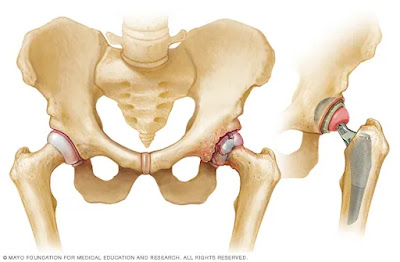LASIK, which stands for Laser-assisted In Situ Keratomileusis, is a type of refractive laser eye surgery performed by ophthalmologists to correct vision. The procedure is usually preferred over photorefractive keratectomy, or PRK, because it takes less time to recover and the patient feels less pain overall.
Dr. Jose Barraquer invented the first microkeratome, which was used to cut thin flaps in the cornea and alter its shape in 1960. Dr. Lucio Buratto and Dr. Ioannis Pallikaris invented LASIK surgery in 1990 as a fusion of two previous techniques. Drs.
Stephen Brint and Stephen Slade performed the first LASIK procedure in the US in 1991. Patients who wear soft contact lenses are usually instructed to remove them 7 to 10 days before surgery. The surfaces of the patient's corneas are examined with a computer-controlled scanning device prior to surgery to determine their exact shape. The surgeon uses this information to calculate the amount and location of corneal tissue to be removed during the operation. Lasik surgery is done in two stages: the first is to form a flap of corneal tissue and the second is to remodel the corneal stroma using an excimer laser (193 nm).
When the flap is lifted in the second step, the patient's vision will become blurry and they will only see white light surrounding the laser's orange light. The surgeon repositions the Lasik flap over the treatment area after the laser has reshaped the cornea and natural adhesion holds the flap in place until healing is complete.
Dr. Jose Barraquer (Colombia) invented the first microkeratome, which was used to cut thin flaps in the cornea and alter its shape in a procedure known as keratomileusis around 1960. The world-renowned Barraquer Clinic in Bogota, Colombia, developed and pioneered this procedure.
Dr. Lucio Buratto (Italy) and Dr. Ioannis Pallikaris (Greece) invented LASIK surgery in 1990 as a fusion of two previous techniques, keratomileusis and photorefractive keratectomy. It quickly gained popularity due to its higher precision and lower frequency of complications when compared to the previous two techniques.
Drs. Stephen Brint and Stephen Slade performed the first LASIK procedure in the United States in 1991. The same year, Drs. Thomas and Tobias Neuhann used an automated microkeratome to successfully treat the first German LASIK patients.
Patients who wear soft contact lenses are usually instructed to remove them 7 to 10 days before surgery. According to one industry body, patients who wear hard contact lenses should stop wearing them for at least six weeks, plus another six weeks for every three years.
The surfaces of the patient's corneas are examined with a computer-controlled scanning device prior to surgery to determine their exact shape. It creates a topographic map of the cornea using low-power lasers.
This procedure also detects astigmatism and other irregularities in the cornea's shape. The surgeon uses this information to calculate the amount and location of corneal tissue to be removed during the operation. To reduce the risk of infection after the procedure, the patient is usually prescribed an antibiotic to begin taking before the procedure.
The patient is awake and mobile during the procedure; however, a mild sedative (such as Valium or diazepam) and anesthetic eye drops are usually administered.
Lasik surgery is done in two stages. The first step is to form a flap of corneal tissue. A mechanical microkeratome with a metal blade or a femtosecond laser microkeratome that creates a series of tiny closely arranged bubbles within the cornea are used for this procedure. One end of this flap has a hinge. The flap is retracted, exposing the stroma, or middle section of the cornea. Lifting and folding back the flap can be a painful process.
The corneal stroma is remodelled using an excimer laser (193 nm) in the second step of the procedure. By releasing the molecular bonds that hold cells together, the laser vaporizes tissue in a finely controlled manner without damaging adjacent stroma. To ablate the tissue, no heat or actual cutting is required. The tissue layers removed are tens of micrometers thick.
When the flap is lifted in the second step, the patient's vision will become very blurry. He or she will only see white light surrounding the laser's orange light. This can be perplexing.
Excimer lasers currently on the market employ a computer system that tracks the patient's eye position up to 4,000 times per second, redirecting laser pulses for precise placement. The surgeon repositions the Lasik flap over the treatment area after the laser has reshaped the cornea. Natural adhesion holds the flap in place until healing is complete.
Laser ablation in the deeper corneal stroma usually results in faster visual recovery and less pain.

































